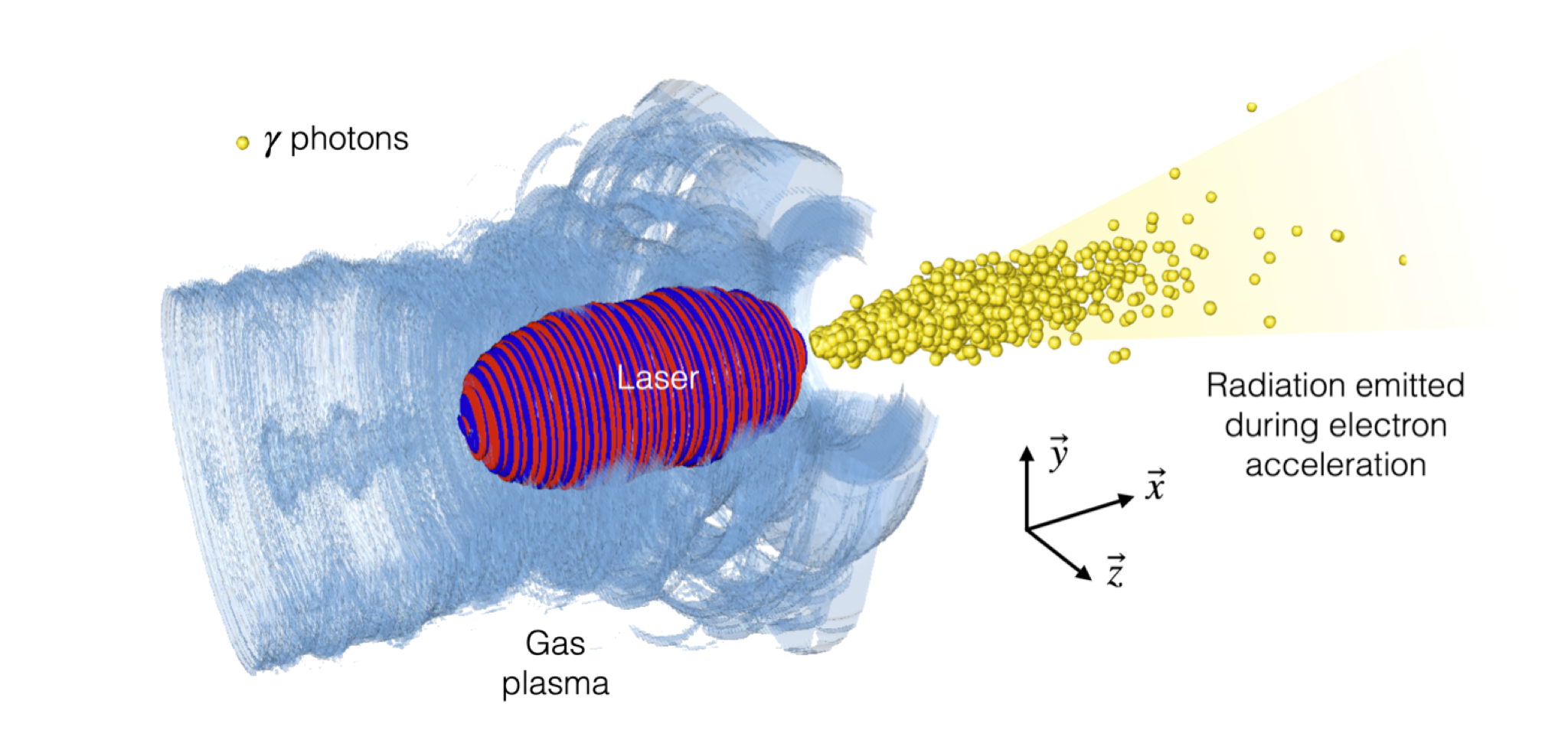GoLP Secures Over 80 Million CPU Hours in National Computing Time
GoLP researchers have been awarded over 80 million CPU hours in national computing time to support three projects exploring some of the most extreme conditions in plasma physics and strong-field QED.
To bolster efforts in strong-field QED, the project Extreme Laser-Particle Acceleration Interactions and Radiation Sources was awarded 21.6 million CPU hours. Led by Lucas I. Iñigo Gamiz, with Marija Vranić as co-PI, the project will investigate novel particle acceleration mechanisms, advanced radiation sources, and strong-field QED effects in laser–particle and particle–particle collisions. A key goal is to develop schemes ready for experiments at upcoming Petawatt-class laser facilities.
In parallel, two new projects further expand GoLP’s growing portfolio in extreme plasma physics.
Fireball Beams, Matter–Antimatter Plasmas @ CERN, coordinated by Luís O. Silva with Thales Silva as co-PI, was awarded 30 million CPU hours to study collective dynamics in relativistic pair plasmas. The project builds on recent experimental breakthroughs at CERN and will use large-scale Particle-in-Cell simulations, combined with Machine Learning techniques, to explore beam–plasma instabilities and guide future experiments at the HiRadMat facility.
Complementing this effort, MAPS 2: Maser in Astrophysical Plasmas, led by Pablo J. Bilbao with Thales Silva as co-PI, was also awarded 30 million CPU hours. The project will investigate coherent radiation processes in magnetized plasmas, including the electron cyclotron maser instability under quantum electrodynamic conditions, bridging astrophysical scenarios and laboratory experiments.

Image 1: Fireball beam undergoing beam instabilities. To know more.

Image 2: phase space of the maser instability. To know more.

Figure 3: Radiation emitted during direct laser acceleration. Credits to Robert B for the figure.








